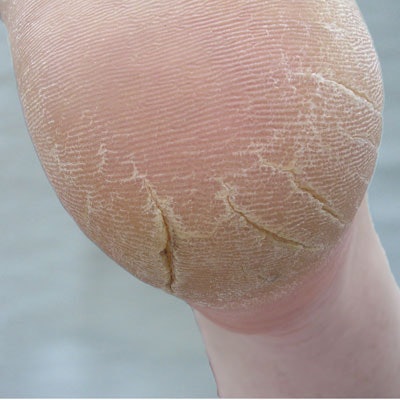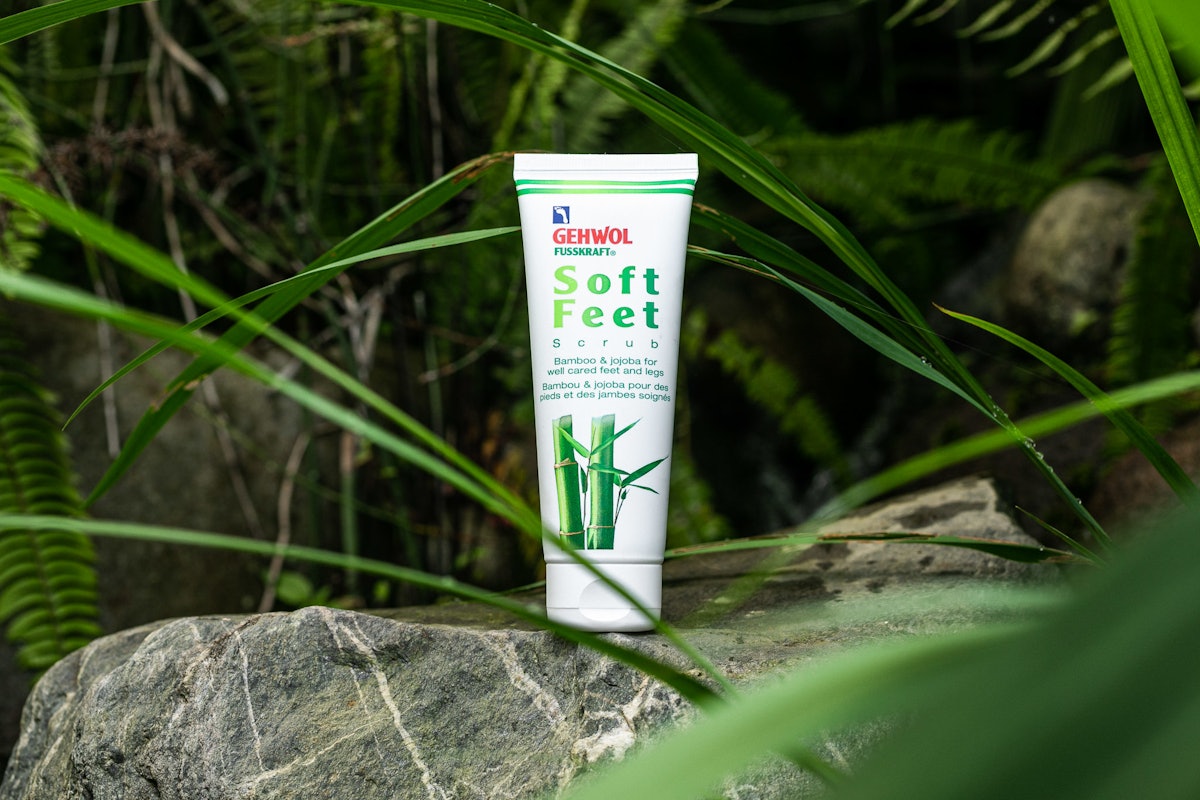Learn How to Identify and Address Four Major Foot Problems
As a nail technician, being aware of common foot problems is crucial to providing effective care. Recognizing these issues before your tools even touch the skin can enhance client trust and satisfaction. Here, we’ll delve into four prevalent foot maladies, their identification, suggested treatments, and crucial advice for both nail techs and clients.
Athlete’s Foot
Athlete’s foot, medically known as tinea pedis, is a highly infectious fungal infection that primarily affects the skin. This condition typically manifests as dry, flaky, and scaly skin between the toes and along the sides of the foot, often accompanied by intense itching and burning sensations. According to Katharin Von Gavel, founder and CEO of Footlogix, some might experience dry or rough feet that catch on bedsheets at night, indicating a deeper problem.
Exposure to communal spaces, such as locker rooms and public showers, significantly increases the risk of contracting this condition. It’s particularly prevalent among middle-aged and elderly women, whose feet may be more prone to issues due to practices like frequent flip-flop usage, which can exacerbate dry skin and facilitate fungal entry.
What Should Techs Do?
If you suspect a client has athlete’s foot, evaluating the severity of the infection is paramount. Dr. Kristin Hudacek, a board-certified dermatologist, advises against treatment if the skin appears inflamed, broken, or weeping. In such cases, recommending a consultation with a dermatologist is crucial. Maintaining strict infection control measures is also vital. Always wear gloves, and ensure that all tools are sanitized or discarded after use to prevent cross-contamination.
What Should Clients Do?
Nail techs cannot diagnose athlete’s foot, but they can suggest that clients use antifungal moisturizers and replace shoes and socks frequently. Clients should avoid walking barefoot in communal areas and prioritize foot hygiene. If symptoms persist, medical professionals can offer both over-the-counter and prescription treatments.
Cracked Heels
Cracked heels are another common issue that not only cause discomfort but can also pose serious risks. This condition occurs due to the accumulation of dry, dead skin, leading to thick calluses that eventually crack and can bleed. These fissures can open the body up to infections, making care and attention essential.
What Should Techs Do?
For clients presenting with cracked heels, it’s important to assess the depth and severity of the cracks. If they are deep and painful, you should refer them to a dermatologist. For superficial cracks, soaking the feet in warm water followed by gentle exfoliation can help. Using a non-acid-based callus softening product and a sterilizable or single-use foot file is recommended. Always stop treatment if the client experiences any pain during the process.
What Should Clients Do?
Clients can manage cracked heels with consistent home care focusing on exfoliation and hydration. Regular foot treatments can significantly improve skin texture and overall foot health.
Bunions
Bunions are deformities located at the base of the big toe, characterized by a bony bump that can lead to considerable discomfort. Though not always painful, bunions are a common cause of foot pain, contributing to inflammation and numbness.
What Should Techs Do?
Clients with bunions can safely receive pedicures, but technicians should monitor for pain and inflammation. Exfoliation of the callused area is advisable, but care must be taken not to overdo it, especially for diabetic clients, as this could lead to serious complications.
What Should Clients Do?
While shoes do not cause bunions directly, wearing high heels or shoes with tight toe boxes can worsen the condition. Clients should consider bunion pads, icing, and anti-inflammatory medications. In some cases, consultation with a healthcare professional for possible injections, orthotics, or surgical options may be necessary.
Plantar Warts
Plantar warts, caused by the human papillomavirus (HPV), are not just unsightly but can also be painful. These warts appear as rough bumps on the soles and can disrupt normal walking patterns.
What Should Techs Do?
Due to their highly contagious nature, it’s best for nail techs to avoid treating clients with plantar warts, even with gloves.
What Should Clients Do?
Clients are encouraged to refrain from attempting to remove warts at home due to the risk of complications. Seeking professional help for topical and oral treatments, cryotherapy, laser therapy, or surgical options is recommended.
In conclusion, awareness and education about these four common foot problems can greatly enhance your effectiveness as a nail technician while improving client trust and satisfaction. Regular communication, alongside proper techniques and medical advice, ensures that clients leave your salon with not only beautiful but also healthy feet.



